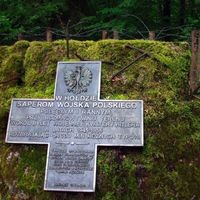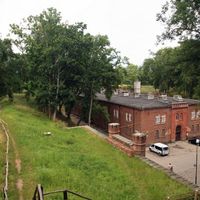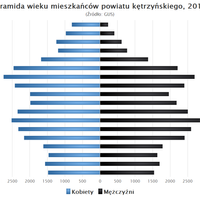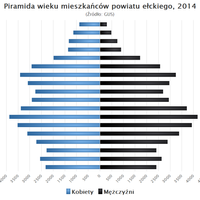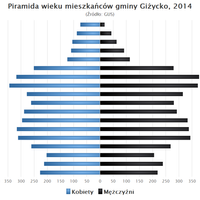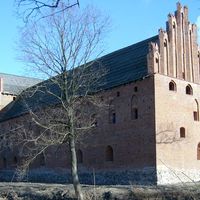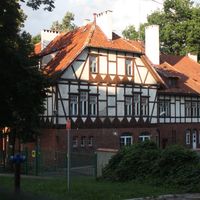Land of the Great Masurian Lakes
6.84
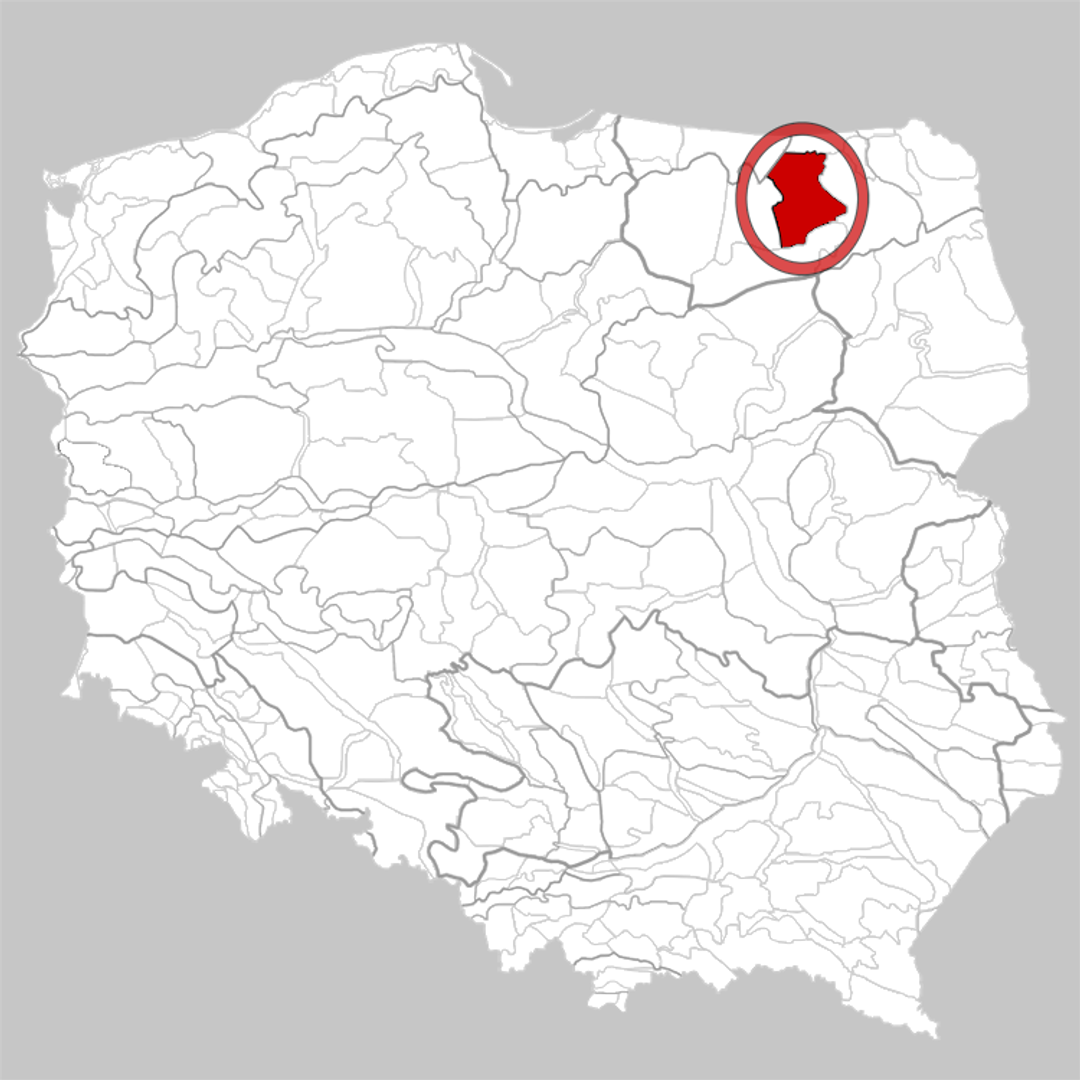
Overview
The Land of the Great Masurian Lakes is a mesoregion located in northern Poland, encompassing the central part of the Masurian Lake District. It is characterized by a rich young glacial landscape shaped during the Pleistocene. Covering an area of 1,732 km², nearly 30% of which is made up of lakes, the region borders the Masurian Plain, the Ełk Lake District, the Węgorapa Land, and the Mrągowo Lake District. The lakes are interconnected by the Masurian canals, forming a unique hydrological system. The stunning landscape is dominated by diverse habitats and a wealth of flora and fauna—many rare bird species, such as cormorants, grebes, wigeons, and herons, make this area a paradise for ornithologists and nature lovers. The region is also home to beavers, otters, moose, and numerous bat species. Several nature reserves are located here, and the natural richness is appreciated by tourists who come to enjoy water sports, fishing, and the beauty of nature. Late September and early October mark the deer rutting season, which adds an extra attraction. In major tourist centers such as Giżycko, Mikołajki, Pisz, and Węgorzewo, tourism is thriving, and fishing plays a significant role in the local economy. The region is also renowned for its rich history, reflected in numerous architectural monuments, including castles and palaces from various eras. The presence of rescue organizations, such as the Masurian Voluntary Rescue Service, the Water Voluntary Rescue Service, and the Masurian Rescue Service, ensures the safety of tourists enjoying the region’s attractions. Lakes, including the largest—Śniardwy and Mamry—form the heart of this area, attracting adventure seekers and those looking to relax in a picturesque setting. Thus, the Land of the Great Masurian Lakes is a unique blend of nature, active recreation, and rich history, making it an exceptionally attractive tourist destination in Poland.
Location
Country
2025 Wizytor | All Rights Reserved

